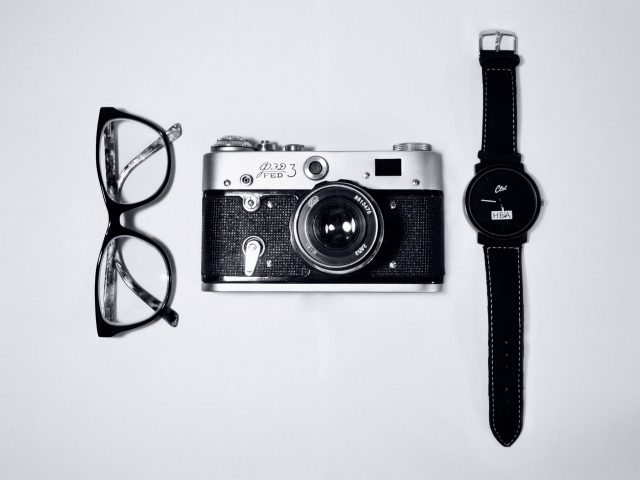
Late last year a friend of mine moved to Alaska, leaving behind her well-loved bicycle. Both tires were flat, the chain was rusted and the brakes were worn down to nubs, but the body was in good condition and the price was right. After a near-disastrous test drive of my brake-less bicycle into oncoming traffic, I realized I first had some essential repairs to make. I spoke to the ever-helpful Grant Harding at Ride Brooklyn in Park Slope about the best and cheapest way to get my bike ready — and which repairs I could reasonably do myself.
IS BIKE REPAIR FOR AMATEURS?
Grant learned everything he knows by doing it himself. He recommends some good websites to learn bike repair: Bicycle Tutor and ParkTool. and
TOOLS OF THE TRADE
The main issue you’ll run into again and again with your bike is a flat tire. Plastic tire levers ($4 a pair) are important for changing a tire and installing a new tube ($6). A patch kit ($2.50) is an inexpensive way to make your tubes last longer, as long as the damage to them is minimal. He also recommends a good floor pump ($35). A cheaper hand pump ($20) will also do, but if you’re riding a lot, a floor pump is easier and quicker to use.
For basic maintenance, Grant recommends a multi-tool ($13), which will tighten and loosen most of the bolts on your bike. It’s small and easy to carry. If something loosens up on your ride, use the multi-tool to tighten it back down.
Lastly, it’s always a good idea to keep a bottle of chain lube ($6) around, especially if you’re leaving your bike out a lot in the rain.
WORKING ON THE CHAIN GANG
You should oil your chain once a week or once every two weeks, or more often if you’re riding in rain. Grant usually cleans his chain with a rag, brush and light degreaser, about once a month, and lubes it occasionally. Basically, it just prevents the chain from squeaking/rusting and gives you a smoother ride. It also extends the life of your chain by preventing wear.
CAN I LEAVE MY BIKE OUTSIDE IF I HAVE A TINY APARTMENT?
Grant says it’s not the end of the world if you leave your bike out in the rain, but if you do it often, it’ll take a toll. Things will get rusty, and eventually the rust will penetrate any greased parts on the bike and dry it out. The bike won’t ride as nice and it’ll increase the wear on the parts. Grant keeps all his bikes inside, but if he’s out for the night, he doesn’t get too worried if it gets caught in the rain occasionally.
COMMON BIKE REPAIR MISTAKES
Poorly inflated tires
Not inflating tires is probably the worst offender, Grant says. It’s a huge cause of flats, because when the tire pressure is low and you hit a curb or a pothole or something, the tire will bottom out, the rim will smash the curb and puncture the tube (known as a pinch flat). A fully-inflated tire has enough pressure to just bounce off.

Saddles
A lot of people also have their saddles adjusted to the wrong height. Some people like being able to put both feet flat on the ground while in the saddle, others want their legs to be fully extended at the bottom of the pedal stroke. Grant says both of these are wrong, and while short rides may be fine, in the end they do take a toll on your knees. He suggests a simple way to get your seat height right is to raise it so you’re standing on the balls of your feet while you’re in the saddle. Every bike is going to be a little bit different, but this will at least get you in the right ballpark.
WHEN SHOULD YOU CALL IN THE PROS?
Grant says not too much on a bike is all that complicated as long as you’re somewhat mechanically inclined. But for those who aren’t, you can usually take your bike into a bike shop for a free look-over. The one time Grant insists upon a professional tune up is after a crash, because it’s important to ensure the bike is safe to ride afterwards.
Leave a Reply



